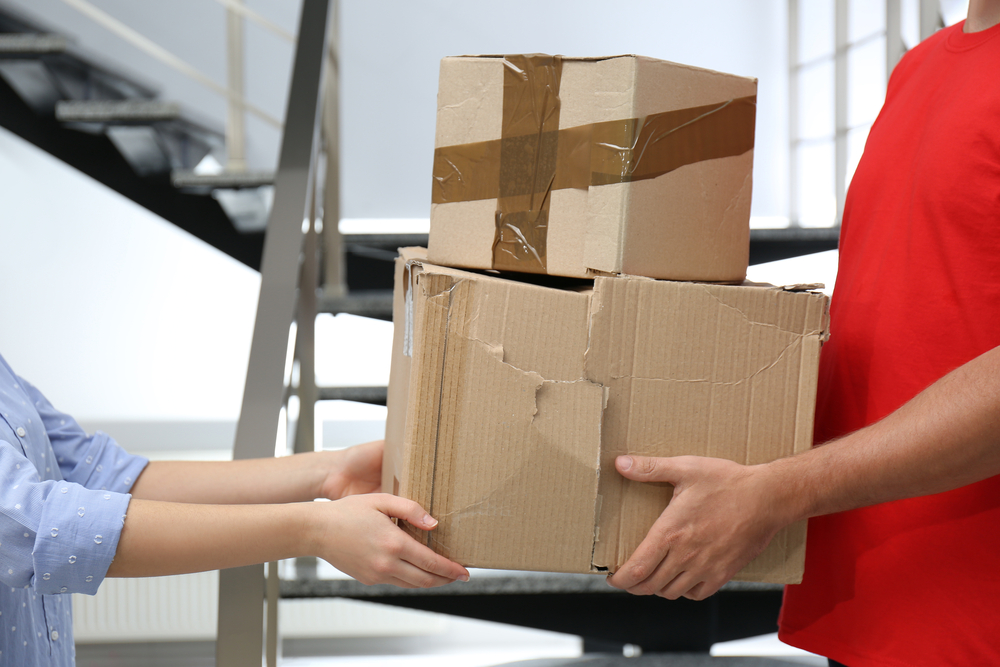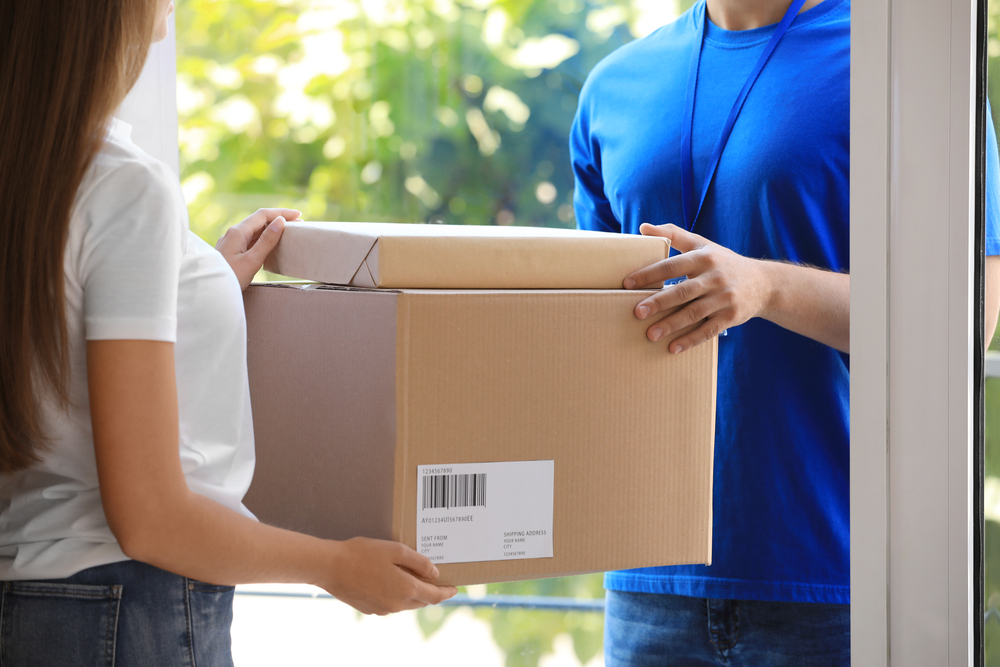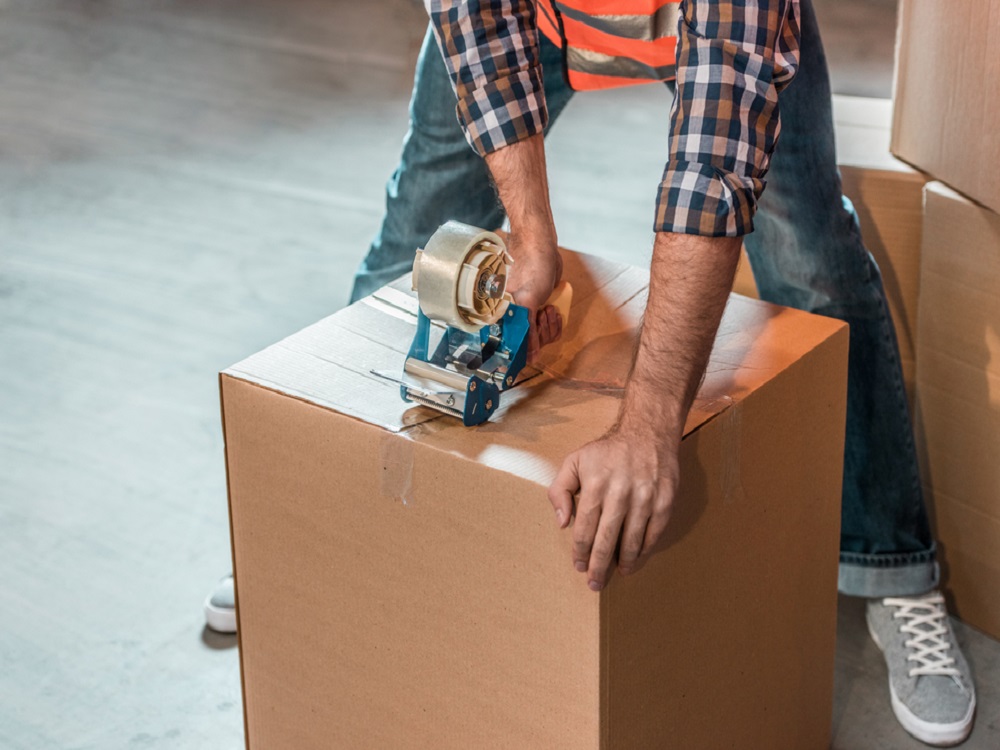If you run an eCommerce store yourself, you’ll need to learn many skills, including how to pack a parcel for a courier. Even if you aren’t doing online business, you may be required to send something to someone using a courier. When this happens, you must make some considerations. Below are critical tips to ensure you pack your parcel properly for couriers.
1. MAKE WHAT YOU ARE SENDING SMALLER
In some cases, you can use a smaller box, i.e., when sending something like clothing that can be folded. In such a case, a smaller box may save you money. Besides weight, the cost of sending a parcel can also be dictated by the size of your parcel. A smaller box can also force you to organize the contents in your package efficiently, which may reduce movement and ensure the item is delivered in perfect condition.
2. INVEST IN FOLDABLE BOXES
This tip is great for urgent packages. Your likelihood of having the perfect packaging in a moment’s notice is low unless you’ve made a deliberate effort. So, invest in folding boxes and cut them to precise sizes to have them ready when you need them.
3. CHOOSE A GOOD COURIER
All the above steps may not mean much if you don’t use the right carrier. While most courier services will offer just about any service, it’s important to ensure they stand out for handling packages like yours. Your package’s type, size, and destination are good guiding factors. Think about how big your parcel is and where you are sending it beforehand so you can have a trusted shipping company in mind that delivers exactly what you want.
You should focus on real-time package tracking, same-day delivery, e-commerce services, years of experience, and online reviews. While most couriers won’t have excellent reviews online, choose those with overwhelmingly positive reviews so that the effort you put into packing your parcel pays off.
4. UNDERSTAND THE PARCEL’S JOURNEY
Understanding the parcel journey is also crucial when considering how to pack a parcel. This information will help you determine the best way of parking a parcel.
5. HUBS AND DEPOTS VS DIRECT TRANSPORTATION
Parcels should be parked based on where they’ll pass. For instance, a parcel that will be picked and transported via standard courier (i.e., DHL) will pass through many hubs and depots, increasing the risks of damage. Such a parcel should be packed more diligently than a parcel that will be transported directly to a final destination by one handler.
The reason for this is simple. Standard courier networks resemble baggage handling in airports. Parcels pass through many “hands” and machines that may not be gentle. The parcels are weighed, measured, marked, and loaded onto each other for transportation.
Other mechanical processes like sorting and loading onto lorries for final delivery add to the likelihood of damage if you don’t package properly. Parcels that can’t withstand being turned multiple times and/or being dropped without damage shouldn’t be sent via parcel couriers. Direct driver delivery is a better and safer choice. Alternatively, you can take steps to reinforce the parcel.
Understanding the parcel journey, i.e., if the parcel will travel over land or air, also helps uncover the best packaging methods. For instance, parcels transported by air will expand. If you are using bubble products like bubble wrap to cover the products, account for the expansion of air pockets.
While there may be more on how to pack a parcel for couriers, the above information highlights the most important considerations to make. If you pack properly as required while thinking about the parcel journey and choose a good courier, there won’t be any cause for concern.
6. PICK THE APPROPRIATE BOX SIZE
The packaging box must be roomy so that your goods fit inside with plenty of room on all sides. If you can, always use a new box. If you use an old box, your item might get damaged since the box may have become less sturdy after it was previously used.
Corrugated boxes and cardboard boxes are excellent options. They can be single or double-walled and come in various shapes and sizes. Also, choose a box that best fits your product.
7. WRAPPING THE ITEM
Bubble wrap is one example of a material that can protect the item while it is being transported. Once you have wrapped your item with bubble wrap, place it in the box. If you think the bubble wrap is insufficient to protect your item, place inserts around it when it’s already placed inside the box. They will prevent the item from sliding around inside its packaged box.
8. SEALING YOUR BOX
The next thing to do is close the box and secure it with some good adhesive backing tape. If you are concerned that your box could get damaged while it is being transported, you may double-box your item. It will provide the goods with an additional layer of defence from damage.
The process of double boxing involves placing your already-packaged product inside a second, bigger box and sandwiching additional packaging inserts between the two boxes. After that, you may apply tape all around the larger box.
However, it would help if you avoided double-boxing unless it is necessary. The issue with double-boxing is it makes the unwrapping process more difficult for the receiver and drives up your shipping costs.
9. LABELLING THE PACKAGE
Addressing the package in accordance with the needs of the courier service is the final step. If you have utilized a previously-used box, you must ensure that all previous labels and addresses have been removed.
While some carrier firms only require that you address the goods package, others want you to affix a bar code to the label. In any scenario, it is strongly recommended that you provide two copies of the destination address and the package’s barcode label.
ADDITIONAL TIPS
- Make extensive use of packing fillers, such as bubble wrap or foam, to ensure the safety of your items while they are stored in the box.
- Each successive layer of the product’s inside packaging adds a barrier of defence. It is advised that you have at least 5 centimetres of protection.
- Before handing your package to the courier, ensure you weigh and measure it. Keep in mind that you may be subject to additional fees if your package’s weight exceeds what was specified in your booking.
- Make sure to use a marker pen to write your delivery address on the package. You should also ensure your Delivery Booking number is written down on the label.
- Print off two copies of the label if the courier service provider requires one. If there are two copies, one should be attached to the outside of the box. The other should be placed inside in case the first copy is lost.
- Applying tape with a powerful adhesive to the packaging will ensure that your goods remain secure while being transported by the courier. Using packing tape with a strong adhesive helps prevent your packages from opening accidentally.
- Put your outside invoice inside a sealed envelope and attach it to the outside of the package. It will make it easier for the courier business to read the parcel details without actually opening the package. Examine the final package carefully to make certain that nothing is missing.
WRAPPING IT ALL UP
So, that’s it for now. Keep in mind that packing a parcel can get very specific, especially if you are packing something with unusual shapes or sizes. However, the tips mentioned above should serve as a general guideline, and you may have to do some tweaking with regard to the size or shape of your item. Contact us for more information.




